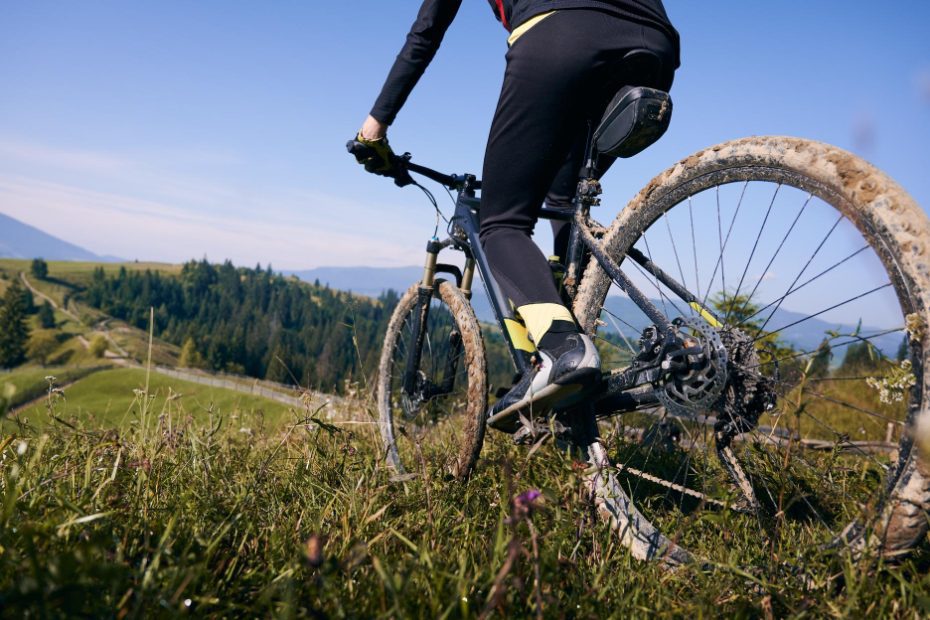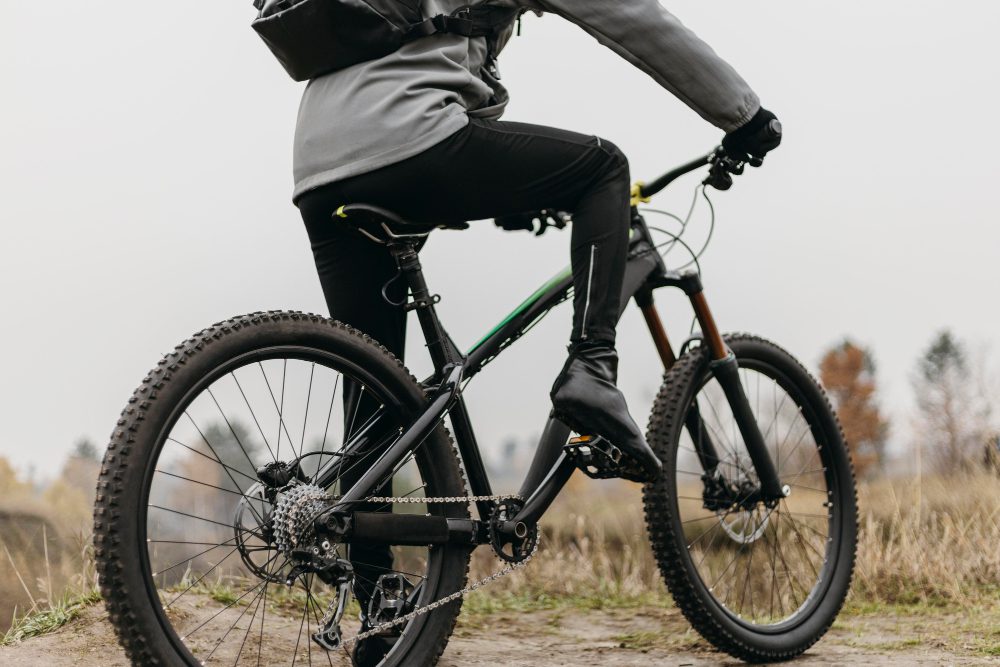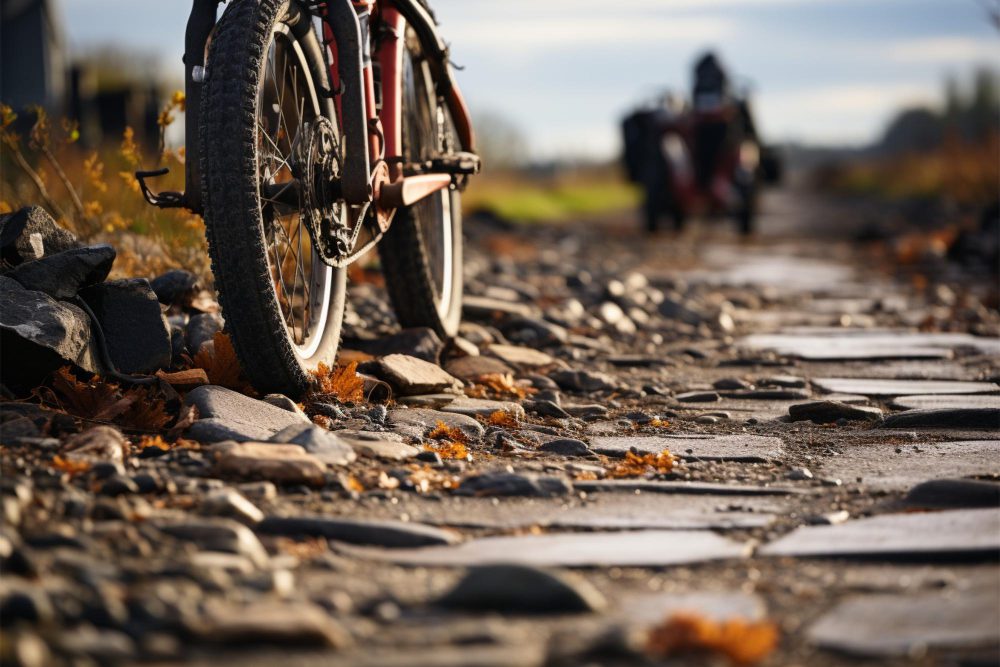How to choose a cyclocross bike?
Cyclocross bikes are versatile machines that can handle a variety of terrains, making them a popular choice for cycling enthusiasts. Whether you’re a seasoned racer or a newbie looking to explore off-road trails, finding the right cyclocross bike is essential for an enjoyable and efficient ride.
Consider your riding goals and terrain
Before diving into the world of cyclocross bikes, it’s important to think about your riding goals and the type of terrain you’ll be encountering. Are you planning to compete in races, tackle muddy trails, or simply enjoy some weekend off-road adventures? Understanding your intended use will help you determine the bike features that are most important to you.
Frame material and construction
The frame is the heart of any cyclocross bike. Different materials offer varying levels of strength, weight, and durability. Here are some common frame materials:
- Aluminum: Lightweight and affordable, aluminum frames provide a responsive ride. They are a great option for beginners or riders on a budget.
- Carbon: Carbon frames offer excellent vibration dampening and are known for their lightness and stiffness. They are often preferred by professionals and experienced riders for their high-performance capabilities.
- Steel: Steel frames have a classic look and provide a smooth, comfortable ride. They are durable and able to withstand demanding conditions.
Tire clearance and traction
Cyclocross bikes have wider tire clearances compared to traditional road bikes, allowing them to accommodate knobby tires for better traction on challenging terrain. When choosing a cyclocross bike, consider the tire clearance it offers and the type of tires you plan to use. Additionally, factors such as tread pattern and tire width can impact the bike’s performance in various conditions.
Brakes
The braking system is crucial for cyclocross bikes, especially during muddy and wet races. There are two main types of brakes to consider:
- Rim brakes: Traditional rim brakes provide reliable stopping power and are easier to maintain and service.
- Disc brakes: Disc brakes offer superior stopping performance, especially in wet and muddy conditions. They require less effort and are more consistent regardless of weather conditions.
Gearing options
Cyclocross courses often feature a mix of steep climbs and fast descents, so having the right gears is essential. Most cyclocross bikes come with a wide range of gears to handle the variable terrain, giving you the flexibility to shift smoothly and efficiently. Consider the number of gears and gear ratios when choosing your bike.
Price range
Like any other cycling equipment, cyclocross bikes come in a wide price range. Set a budget that aligns with your priorities and level of commitment to the sport. Keep in mind that investing in quality components and a well-built frame can enhance your riding experience and ensure long-term durability.
“A well-chosen cyclocross bike can open up a world of off-road adventures and thrilling races. Take the time to research and test different options to find the perfect fit for your riding style and goals.” – Cycling Enthusiast
| Factors to Consider | Recommendation |
|---|---|
| Frame Material | Carbon for high-performance, aluminum for budget-friendly |
| Tire Clearance | Wider clearances for versatility |
| Brakes | Disc brakes for superior stopping power |
| Gearing | Wide range of gears for variable terrain |
| Price Range | Set a budget aligned with your priorities |
By considering these factors and doing thorough research, you can find the perfect cyclocross bike that meets your needs and takes your off-road cycling adventures to new heights.
What tyres do cyclocross riders use?
Cyclocross is a demanding discipline that combines elements of road cycling and off-road terrain. Choosing the right tyres for your cyclocross bike can greatly affect your performance and overall experience. In this article, we will explore the different types of tyres commonly used by cyclocross riders in the UK.
1. Tubular Tyres
Many professional cyclocross riders opt for tubular tyres due to their lightweight construction and superior grip. These tyres are sewn around an inner tube and glued directly onto the rim. Tubular tyres offer enhanced cornering stability and reduced rolling resistance, making them ideal for racing.
2. Tubeless Tyres
In recent years, tubeless tyres have gained popularity among cyclocross riders. These tyres do not require an inner tube and are instead sealed directly onto the rim. Tubeless tyres provide excellent traction, lower puncture risk, and the ability to run lower tire pressures for improved comfort over rough terrain.
3. Clincher Tyres
Clincher tyres are the most common type of tyres found on road bikes, but they can also be suitable for cyclocross. These tyres feature an open bead design that attaches to the rim using a traditional inner tube. While not as light or supple as tubular or tubeless options, clincher tyres are more accessible and easier to maintain.
4. Mixed Tread Patterns
Cyclocross courses often feature a mix of surfaces, including grass, mud, gravel, and pavement. To tackle these diverse conditions, many riders choose tyres with a mixed tread pattern. These tyres typically have more pronounced knobs on the sides for improved cornering grip and smaller knobs in the center for reduced rolling resistance on smoother surfaces.
5. Wide and Knobby
Cyclocross bikes can accommodate wider tyres compared to road bikes, allowing riders to traverse challenging terrain more effectively. Many cyclocross riders opt for tyres with widths ranging from 32mm to 40mm to handle off-road obstacles, while still providing enough grip and stability on pavement sections.
Quote: “Choosing the right tyres for cyclocross is crucial, as it can significantly impact your performance and enjoyment of the sport.” – Experienced Cyclocross Rider
When selecting tyres for cyclocross, it’s essential to consider the specific conditions you’ll be riding in. Some riders prefer a more aggressive tread pattern for extreme mud or wet conditions, while others prioritize a smoother rolling tyre for dry, hard-packed courses.
Here’s a comparison table of popular cyclocross tyres:
| Tyre Brand | Type | Tread Pattern | Width (mm) |
|---|---|---|---|
| Continental Cyclocross Speed | Tubular | Fast rolling center with side knobs | 35 |
| Schwalbe X-One Tubeless | Tubeless | Versatile mixed tread | 33 |
| Challenge Grifo Clincher | Clincher | Aggressive tread pattern | 33 |
Here are some popular tyre recommendations for cyclocross:
- Schwalbe Racing Ralph
- Continental Cyclocross Race
- Vittoria Terreno Mix
In conclusion, there is a wide range of tyre options available for cyclocross riders in the UK. Whether you prefer the lightweight performance of tubulars, the versatility of tubeless, or the accessibility of clinchers, choosing the right tyre can greatly enhance your cyclocross experience.
Can you use road wheels for cyclocross?
Cyclocross is a thrilling and challenging cycling discipline that combines off-road terrain with elements of road racing. When it comes to choosing the right equipment, one common question that arises is whether road wheels can be used for cyclocross. While it is technically possible to use road wheels for cyclocross, there are several factors to consider before making a decision.
Factors to consider:
- Tire clearance: Cyclocross bikes often have wider tire clearances compared to road bikes. This allows for the use of knobby tires that provide better traction on off-road surfaces. Road wheels may not accommodate wider tires, limiting your ability to tackle challenging terrains.
- Durability: Cyclocross courses can be demanding, with rough terrain, muddy conditions, and obstacles such as roots and rocks. Road wheels are generally not built to withstand these harsh conditions and may be more prone to damage or failure.
- Braking performance: Cyclocross bikes require reliable braking, especially in wet or muddy conditions. Road wheels are not typically designed with the necessary stopping power for off-road riding, potentially compromising your safety.
- Weight: Road wheels are often lighter than their cyclocross counterparts. While lighter weight can be advantageous for road racing, it may not be as crucial in cyclocross where durability and stability are prioritized.
Conclusion:
If you are serious about cyclocross racing or frequently ride off-road trails, investing in a dedicated set of cyclocross wheels is recommended. These wheels are specifically designed to handle the demands of cyclocross and offer better traction, durability, and braking performance.
However, if you only plan to occasionally ride on mild off-road terrains or have budget constraints, using road wheels with wider tires can be a temporary solution. Just ensure that your road wheels have sufficient tire clearance, consider upgrading brake pads for improved stopping power, and be prepared for potential wear and tear.
Remember, choosing the right equipment enhances your riding experience and ensures your safety. Take into account the specific demands of cyclocross and make an informed decision based on your riding style and goals.



